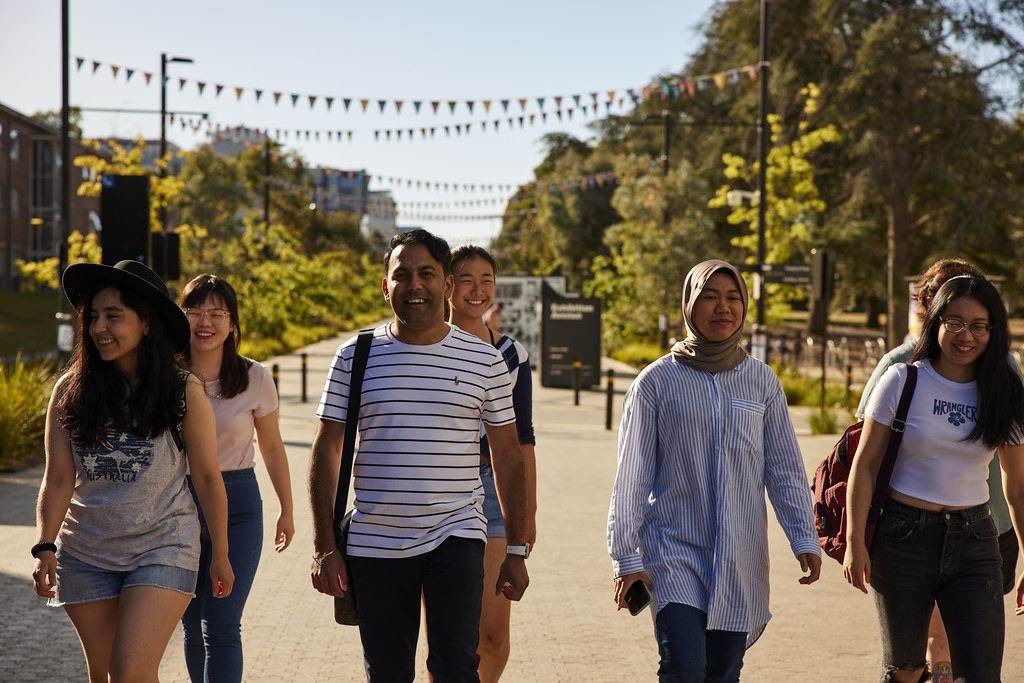Students who use assistive technologies such as screen readers rely on text, including headings and alternate text, for their reader to perform effectively. Reading technologies do not mention images unless alternative text is included. An easy and effective way to increase text accessibility is to organise content on your MSWord documents, Microsoft 365 using Styles for headings, titles, and normal text as well as specific tags in coded webpages. To understand what you’re currently not using and how you can improve, use the Microsoft Accessibility Checker.
1. Text accessibility
The web accessibility in mind (WebAIM) report indicate that the top three causes of most common accessibility failures on webpages are: Low contrast Text (86.3%), Missing Image Alt Text (66%), and Empty Links (59.9%). Along with the paragraph of tips above, additional tips for enhancing your LMS Wattle site and making your site more accessible to students using global accessibility standards can be found on their Introduction to Web Accessibility page.
2. Assistive technology
Students with Dyslexia and/or low vision may use assistive technology such as a scanning pen which reads text aloud to them. When privacy is required, such as in the classroom, students can listen through their headphones and be active participants in classroom discussions. Students can also benefit from other types of learning tasks such as mindmapping and technologies such as recording tutorial discussions. Vision Australia also has some great tips for student and educators on how to view whiteboards from a distance and record classes using adaptive technologies.
3. Audio Visual accessibility
With the increasing capability of using closed captions and automatic transcripts which aids accessibility, using voice and video threads within your learning management system such as Moodle will greatly improve accessibility. Embedding audio and video within Moodle Books, Lesson, Quizzes and forums can form a very important part of creating interactive content and building rapport between students and educators, and between the students themselves.
Our voices are powerful at building connection as apparently we express at least 24 different emotions using them, according to a recent study (Anwar 2019). An example of effectively using voice threads is an exercise conducted by the ANU Crawford School of Public Policy when they used voice for a “getting to know each other” exercise using discussion forums. For this task students were asked to record their experiences about studying at Crawford using the embedded microphone in the Atto Editor. For some tips on how to do it and how to make it a success read this guide from the University of Wollongong. For tips on how to create good quality accessible recordings the international W3C Web Accessibility Initiative (W3C) guidelines are a great start.
If you have no direct contacts, friends, colleagues or even students who have a disability and want to learn more about the lived experience of people with a disability, Growing Up Disabled in Australia edited by Carly Findlay is an excellent place to start. It features 40 different contributors and their presentation of disability.
Additional resource links: Three tips for making content accessible to disabled students – Part 1
Author: Dr Scott Rickard is an Educational Designer at the Centre for Learning and Teaching and the Chair of the ANU Disability Action Plan Education Provider of Choice Action Group.







